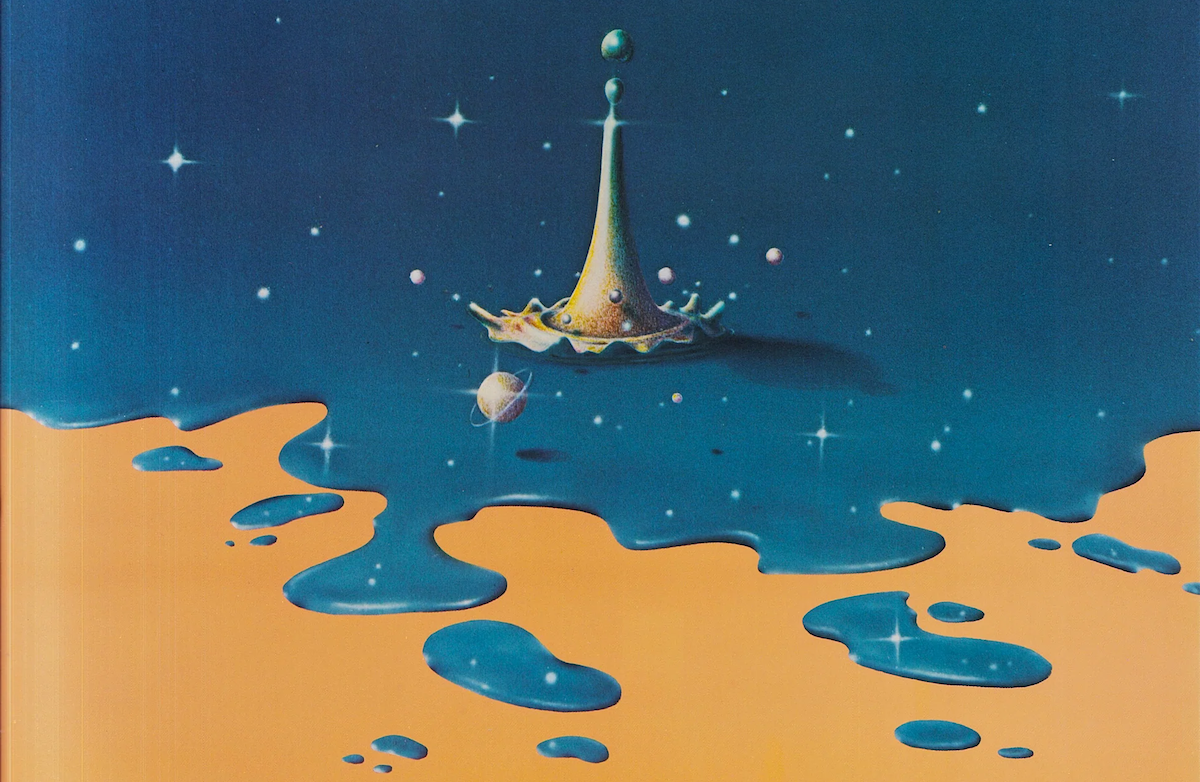For decades, music lovers have debated the same question:
Do vinyl records really sound better than digital music?
While streaming platforms offer incredible convenience, many listeners still insist that nothing compares to the warmth of a vinyl record spinning under a needle. But this preference isn’t just nostalgia — there is real acoustic science behind the “analog warmth” that collectors love.
Today, we’ll break down why vinyl sounds different, why it feels more alive, and why millions of listeners have returned to this timeless format.
1. Analog vs. Digital: How Each Captures Sound
To understand why vinyl feels warmer or more natural, you have to look at how both formats store audio.
🎧 Digital Music (Streaming / MP3 / CD)
Digital audio converts sound waves into binary code — a series of 1s and 0s.
These samples are taken thousands of times per second (44.1 kHz for CD-quality audio).
Digital =
- Precise
- Clean
- Convenient
- But limited to discrete samples
🎵 Vinyl Records (Analog Sound)
Vinyl captures audio as a continuous physical waveform etched into grooves.
This waveform is an exact physical representation of the original sound wave.
Analog =
- Continuous
- Natural
- Full of harmonic richness
- Preserves micro-details digital sampling can miss
This is why vinyl often feels more “alive” while digital feels more “accurate but flat.”
2. The Science Behind “Analog Warmth”
The term warmth isn't just poetic — it describes actual characteristics in the physics of analog playback.
✔ Vinyl Emphasizes Lower Harmonic Frequencies
Analog systems naturally add subtle harmonic distortions (the good kind!) that enhance the warmth and richness of instruments like:
- Upright bass
- Saxophone
- Piano
- Electric guitars
- Vocals
These harmonics blend naturally with the original signal, making listeners feel like the music is closer, softer, and more intimate.
✔ Vinyl Smooths Harsh High Frequencies
Digital formats, especially compressed ones like MP3, often emphasize very high frequencies. This can make music sound:
- sharp
- metallic
- fatiguing
Vinyl slightly rolls off overly bright highs, making the sound easier on the ears.
✔ The Needle + Groove Interaction Adds Texture
The stylus physically travels through a modulated groove, adding a faint organic texture that digital cannot replicate.
This texture is perceived as:
- cozy
- immersive
- natural
- “warm”
It’s the sound of physical vibration, not mathematical precision.
3. Dynamic Range: Why Vinyl Feels More Emotional
Digital mastering often pushes music through heavy compression (especially modern pop), reducing dynamic contrast to make tracks louder.
Vinyl, however, cannot be mastered too loudly or too compressed, or the needle will jump.
As a result:
- highs feel airier
- lows feel deeper
- quiet passages feel more intimate
- crescendos hit harder
This makes vinyl emotionally expressive in ways digital often isn’t.
4. Full-Frequency Playback: Vinyl Reaches Into the “In-Between”
Digital audio is limited to the sampling rate — it captures moments of a waveform at fixed intervals.
Vinyl captures all the in-between information.
This includes micro-details such as:
- breathiness in vocals
- natural reverb of a room
- the resonance of wood instruments
- subtle vibrato
- softer harmonics
These small details are why vinyl feels three-dimensional and atmospheric.
5. The Experience Matters: Sound + Ritual
Even beyond physics, the experience of vinyl changes how we perceive sound.
🎚️ The ritual adds emotional depth:
- Selecting a record from your collection
- Holding the sleeve
- Dropping the needle
- Hearing the soft crackle before the music begins
These moments create a sense of connection that streaming can never replicate.
🏆 The bigger the artwork, the bigger the impact
A 12" sleeve transforms an album into a piece of art — something to display, study, and cherish.
6. Why Vinyl is Thriving in the Streaming Era
More people buy vinyl today than at any time since the 1980s.
Why? Because listeners crave:
- authenticity
- physical ownership
- deeper listening experiences
- analog sound quality
- collectible value
This is why STMedia focuses on:
- exclusive pressings
- limited editions
- colored vinyl
- rare and unique artists
- audiophile-grade vinyl records
Collectors are not just buying music —
they're buying sound, art, and history.
7. Looking for That Analog Warmth? Start With STMedia’s Curated Collection
At STMedia, we provide vinyl lovers with a premium selection designed to deliver the best analog experience possible.
Explore our top categories:
- 🎵 Jazz Vinyl – Perfect for hearing natural warmth and acoustic depth
- 🔥 Colored & Splattered Vinyl – Collectible and visually stunning
- ⭐ Exclusives & Limited Pressings – Rare finds for true collectors
- 🎧 Best-Selling Vinyl Records – Essential picks for every setup
👉 Shop the full collection: https://www.stmedia.us/
Whether you're rediscovering vinyl or starting fresh, our curated catalog helps you find records that truly bring analog sound to life.
Vinyl Isn’t Just Sound — It’s Emotion
Digital music is clean, clear, and convenient.
But vinyl offers something deeper — a warm, human, emotional listening experience rooted in the physics of analog sound.
The warmth is real.
The science is real.
And the connection you feel when the needle drops?
That’s something only vinyl can give.
Read more

For vinyl collectors, nothing compares to the thrill of discovering a first pressing — that original run straight from the earliest batch of records ever made. But in today’s world of reissues, boo...

Most people think great sound begins when the needle hits the groove.But in reality, the magic of vinyl starts long before a record is ever pressed — inside quiet studios, surrounded by analog gear...

